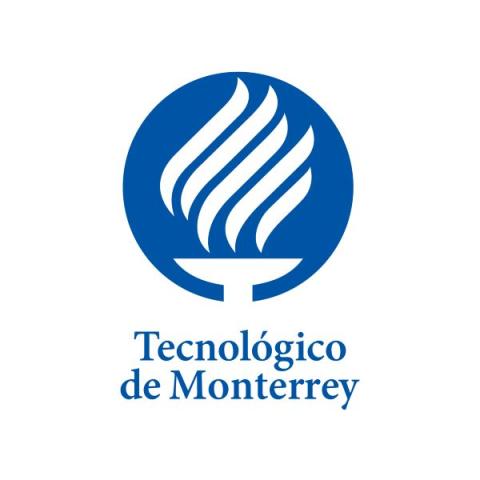
Top tips for establishing close relationships with students online
As anyone who has spent time teaching at any level will tell you, forming a close relationship with students is a crucial aspect of education – whether that’s in the classroom or in an online environment. The quality of the crucial relationship between teachers and students is a true learning booster for students and can become a source of well-being for teachers, too – after all, emotional exhaustion is reduced when close relationships develop.
So with this in mind, how can a teacher forge and maintain close relationships in the classroom that foster commitment and learning? Here are some ideas for teachers to consider for establishing meaningful connections with students.
Show students that they matter as people beyond their role as learners
Implementing activities that develop socio-emotional competencies is highly valuable. Frequently ask your students how they feel; some technologies have templates to facilitate information-gathering. One example of how to do this is to ask the question: “How do you feel today?” And provide the following choice of answers: “I’m confident”, “I’m OK”, “I could be doing better” and “I need some help”. Then analyse the information and make decisions on when and how to help students. This help could range from talking to academic coordinators or parents or changing the stimulus in synchronous sessions to adjusting activities and due dates.
Dedicate enough time to get to know your students properly
Meeting students on their first day is a common activity when the academic year begins; unfortunately, however, this level of engagement rarely has continuity over the ensuing months. Taking the time to learn about your students, their histories and what they want to share is truly essential, though, and serves as a starting point for personalising your interactions with them.
An excellent means of achieving this, or at least beginning to, is by taking part in fun activities. For example, teachers might choose to play the game “Two truths, one lie” with the students, which is an excellent option for having a good time, gaining insight into each another and helping to forge close relationships. And when moving such connections online, some educational technologies feature an online wall so that students and teachers can leave comments – on both academic and personal matters – and create a community feel among the group.
Go beyond grades and get involved in monitoring student learning
It goes without saying that teachers play a significant role in overseeing academic performance, but instead of simply providing a grade and some feedback – as so many still do – it’s becoming ever more important to use learning analytics to personalise interaction with students. For example, if collaborative assignments appear to be lagging in terms of team performance, why not have a synchronous session with each group to talk through expectations and ways to meet them?
Online learning based on analytics requires the teachers to reflect on the information received so they can guide students to the learning objectives. Some questions that could trigger follow-up actions for teachers might be: are there radical changes in student grades? Who has not attended synchronous sessions? Who has stopped participating in class? Who did not use the LMS or digital platform this week? Are the students sick?
Establish flexible channels for close communication
Each person has a different communication style, therefore it’s necessary to use different channels to allow students to express their questions and concerns about their learning.
Having a text-based communication channel offers flexibility and considers the diversity of student profiles – this could include enabling group chat during synchronous sessions, for example. You can also accommodate students who prefer to express themselves through audiovisual means, with one option being the use of video messaging to collect questions and contributions. Certainly, having “public spaces” to socialise helps to engender learning communities among students.
Finally, always bear in mind that online learning experiences can be perceived as rather more cold and distant than in-person equivalents. As such, teachers should make extra effort to get closer and build relationships online that encompass taking care of students as people while also remembering learning objectives.
Rebeca Elizabeth Alvarado Ramírez is academic coordinator of digital education at Tecnológico de Monterrey, Mexico.




